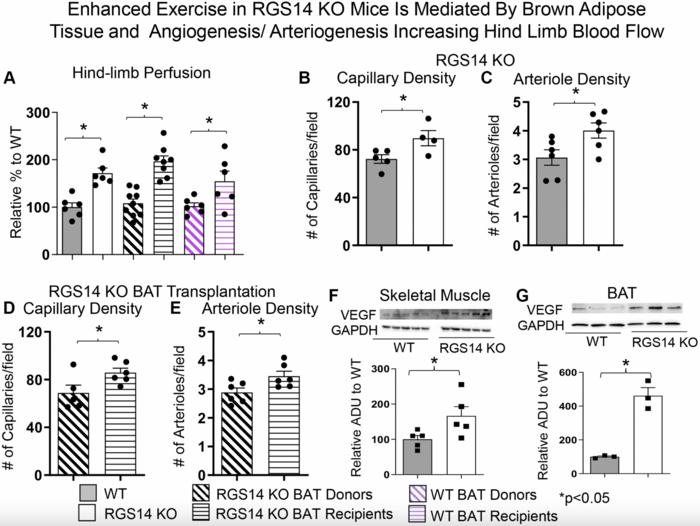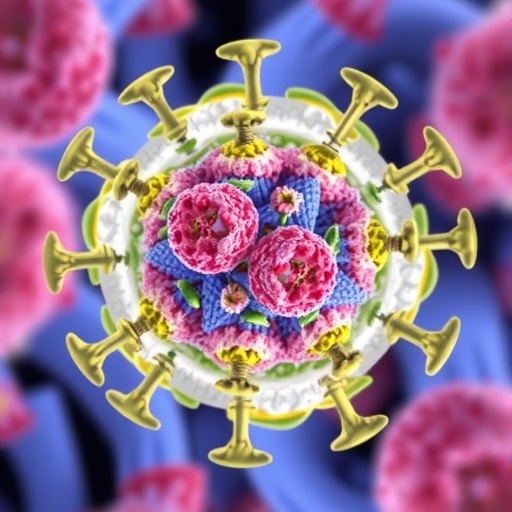
Brown adipose tissue (BAT), often characterized as beige or brown fat due to its microbial properties, plays a significant role in metabolic regulation. Unlike white adipose tissue, which is primarily designed for energy storage, BAT is biologically active and involved in thermogenesis. Recent studies have illuminated the relationship between BAT, exercise performance, and longevity, showcasing its potential role as a therapeutic target in fighting metabolic disorders.
At the cellular level, BAT contains numerous mitochondria rich in uncoupling protein 1 (UCP1). This protein enables the conversion of stored energy into heat, a process known as non-shivering thermogenesis. Recent evidence indicates that this energy expenditure can extend beyond thermoregulation, suggesting that BAT may enhance physical performance. Researchers have begun to unravel the intricate biological mechanisms underpinning these relationships, exploring how BAT activation can improve exercise endurance.
One of the key studies highlighting the benefits of BAT was conducted on RGS14 knockout (KO) mice. These genetically modified mice demonstrated enhanced longevity and were shown to possess an increased abundance of BAT. The significance of these findings lies in the transplant experiments where BAT from RGS14 KO mice was introduced to wild-type (WT) mice. Astonishingly, these transplanted mice exhibited noteworthy increases in running endurance as early as three days post-surgery compared to their control counterparts, who showed no such enhancements.
Moreover, the implications of BAT on vascular health cannot be overstated. Increased blood flow, resulting from enhanced angiogenesis and arteriogenesis observed in the skeletal muscle of RGS14 KO mice, points to the vital role BAT plays in improving perfusion. The studies indicate that BAT’s influence extends to circulation improvements, potentially enhancing endurance and reducing fatigue during exercise. These vascular adaptations emphasize the connection between BAT and overall cardiovascular health, aligning with findings that suggest individuals with greater BAT activity experience better metabolic profiles.
Furthermore, several studies have illustrated that the activation of BAT correlates with reduced cellular stress. Aging is often accompanied by increased oxidative stress and loss of muscle mass, contributing to a decline in exercise performance. The unique properties of BAT may act as a buffer against these age-related changes. By reducing oxidative stress, BAT not only supports metabolic health but also sustains muscle function, enabling older adults to maintain a more active lifestyle.
The metabolic contributions of BAT come into sharper focus amidst rising concerns regarding obesity and related disorders. With incidences of metabolic diseases such as diabetes and cardiovascular disease on the rise, interventions targeting BAT activation could become pivotal in preventative strategies. By promoting the development and activation of BAT, we may potentially reverse detrimental metabolic changes, leading to healthier aging.
Scientific advances have led to the exploration of pharmacological agents that mimic the effects of BAT. Researchers believe that these pharmaceutical analogs could catalyze similar biochemical pathways that promote thermogenesis and muscle perfusion. The prospect of pharmacotherapy combined with lifestyle interventions presents an innovative approach to managing metabolic health, reducing the risk of chronic diseases.
In summary, the growing body of evidence underscores the multifaceted role of brown adipose tissue in enhancing exercise performance and promoting healthful longevity. Researchers emphasize the necessity of continued investigations into its mechanisms of action and therapeutic potential. As they delve deeper into the interplay between BAT, metabolism, and aging, new strategies could be developed to enhance quality of life and longevity, particularly among older populations.
As the research landscape evolves, it may pave the way for innovative treatments that utilize BAT’s unique properties for therapeutic gains. With promising preliminary findings emerging from ongoing studies, the future of brown adipose tissue research appears bright, offering hope for groundbreaking advancements in combating age-related decline in physical performance and metabolic health.
The emphasis on BAT also fosters a broader understanding of fat biology, urging a reassessment of how we perceive body fats. While traditional views have focused on weight management and fat reduction, the narrative is shifting toward recognizing the importance of metabolic health facilitated by active fat depots like BAT. This perspective shift aligns with global public health strategies aimed at combating the rise of obesity and its associated comorbidities, ultimately encouraging healthier lifestyles.
In conclusion, the exploration of brown adipose tissue has far-reaching implications for health and longevity, suggesting that strategies targeting its activation could revolutionize approaches to managing metabolic diseases. Continued research efforts promise to reveal further insights into the dynamic roles of BAT in enhancing not only physical performance but also overall well-being across the lifespan.
Subject of Research: Animals
Article Title: Brown adipose tissue enhances exercise performance and healthful longevity
News Publication Date: January 8, 2025
Web References: www.aging-us.com
References: Vatner DE, et al. Aging Cell. 2023; 22(4).
Image Credits: © 2024 Vatner et al.
Keywords: aging, brown adipose tissue, white adipose tissue, healthful longevity, exercise, cardiovascular disorders, metabolic health.





